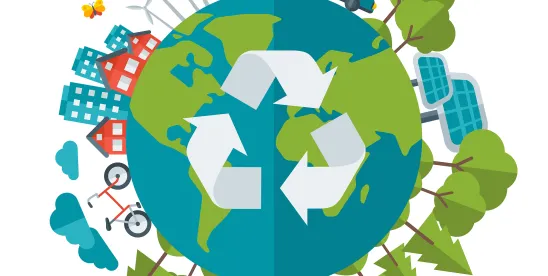Current Generating Capacity
As of 2024, total installed electric generating capacity in the United States is approximately 1,250 gigawatts (GWs). This capacity is distributed across a diverse mix of energy sources, with natural gas, renewables (particularly solar and wind), coal, nuclear, and hydroelectric power making up the bulk of the nation’s generation portfolio.
Natural gas continues to be the largest contributor, accounting for roughly 40-45% of the total generating capacity, which translates to around 500-550 GWs. However, renewable energy sources have been growing rapidly, with wind and solar now collectively comprising over 25% of the generating capacity. Solar power accounts for about 150 GWs, and wind contributes around 140 GWs. Hydroelectric power provides another 80 GWs, while nuclear power contributes around 90-95 GWs, each delivering a reliable baseload of carbon-free electricity.
Coal’s share of generating capacity has steadily declined over the last decade, making up approximately 15-18% of the total, or around 200 GWs at present. Many older coal plants have been retired or are slated for retirement, driven by environmental regulations and the growing competitiveness of renewables and natural gas.
Anticipated Generating Capacity
By 2040, the United States is expected to see substantial additions to its installed electric generating capacity, largely driven by the transition to cleaner, renewable energy and energy storage technologies, as well as the retirement of aging fossil fuel plants. The U.S. energy grid is evolving rapidly to meet ambitious decarbonization goals and to address growing energy demand from electrification of various sectors, such as transportation and industry. This shift is aligned with current federal and state-level policies aimed at reducing greenhouse gas emissions, improving energy efficiency, and increasing the reliability of the grid. The U.S. Energy Information Administration projects that between now and 2040, the U.S. could add between 400 to 600 GWs of new capacity. This increase will come from a mix of sources, with solar, wind, and battery storage leading the way, accounting for the majority of new installations. These projections are based on there not being a fundamental shift in federal and state policies away from renewable energy and more towards fossil fuels.
Solar power is projected to see the largest expansion, with utility-scale solar alone possibly adding more than 300 GWs by 2040. Wind power, particularly offshore wind, will also grow significantly, potentially contributing 150 GWs or more. These renewable energy sources are being driven by falling costs, policy incentives such as tax credits, and state and federal mandates for clean energy.
In addition to renewables, battery energy storage systems are expected to grow rapidly, with up to 100 GWs of new storage capacity potentially installed by 2040. Energy storage will play a critical role in managing the intermittent nature of solar and wind power, allowing excess generation to be stored and used during periods of low production or high demand.
Natural gas capacity is expected to increase at a slower pace compared to the past, with some projections suggesting around 50-100 GWs of new gas plants, many of which may be designed to run on cleaner fuels such as hydrogen in the future. The overall share of natural gas in the U.S. energy mix may decline as renewables expand, though gas will remain critical for grid reliability.
Nuclear power could also contribute to the growth, though it remains uncertain due to regulatory and financial challenges. Small modular reactors (SMRs) offer the promise of safer, more affordable, and flexible nuclear power that can be deployed in various regions. Although large-scale nuclear plant construction has faced financial and regulatory challenges, SMRs could provide zero-carbon, baseload power in the future grid. If the SMRs are successfully developed and deployed, they could add around 10-20 GWs of new capacity by 2040, helping to provide zero-carbon baseload power.
In summary, the anticipated increase in U.S. generating capacity over the next 15 years will be shaped by the ongoing transition to a cleaner, more sustainable energy system. Renewables, particularly solar and wind, will dominate new capacity additions, supported by energy storage solutions to manage intermittency. At the same time, natural gas and potentially nuclear power will continue to play vital roles in ensuring the reliability and resilience of the energy grid. This transition will require substantial investments in infrastructure, policy support, and technological innovation to meet both economic and environmental objectives.




 />i
/>i
